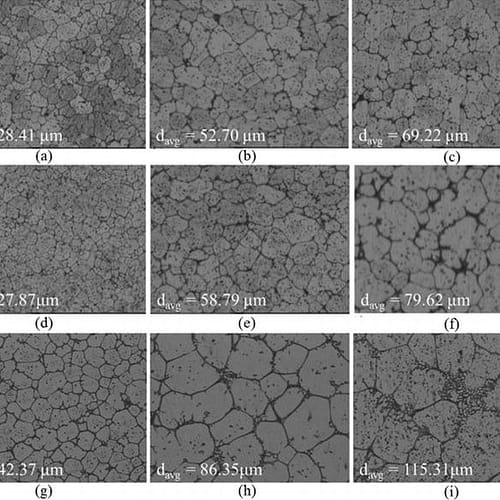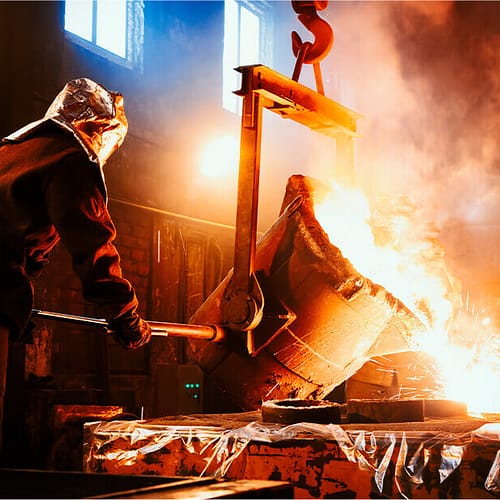- Ultrasonic Degassing Of Molten Metals up to 2.300°C And Molten Glass
- Monday - Friday : 09:00 - 19:00
- Sialon Ceramics Sweden AB, Lila Kungsgatan 2, SE-411 08 Göteborg, Sweden
Ultrasonic micro-alloying aluminium
Ultrasonic micro-alloying aluminium
We create new Aluminium alloys with Steel properties.
Ultrasonically micro-alloyed molten aluminium
Our novel ultrasonic melt treatment of aluminium melts using a cavitation frequency of 20 kHz can radically improve the microstructure of the final products. However, when combined with micro-alloying, the results are even more dramatic. Our ongoing ultrasonic microalloying project has already allowed us to create aluminium micro-alloys stronger than steel.
Our work indicates that ultrasonically assisted micro-alloying is opening new ways to the development of next generation automotive alloys.
Since the turn of the twentieth many alternative aluminium alloys have been developed and used in various applications including, aerospace, automotive, and marine. The abundance, low weight, and versatility of aluminium have led to it becoming the second most widely used metal after steel, and the strength of some aluminium alloys is equivalent to that of construction steels.
Despite the broad-ranging properties of alternative aluminium alloys, there is ongoing effort to improve their performance for both existing and emerging applications.

Over recent years many advances have been made towards improving the strength, ductility and other properties of aluminium alloys by controlling their microstructure. Age hardening, melt conditioning, ultrasonic grain refinement and micro-alloying are examples of such approaches.
Here we look at microalloying, focussing on what it is and its potential benefits. We then introduce the new and exciting process of ultrasonic microalloying and how this process has contributed to our new development of an aluminium micro-alloy with a tensile strength higher than steel.

Microalloyed aluminium
Microalloyed aluminium is a type of aluminium alloy that includes trace quantities of alloying elements usually added to refine the grain structure and properties of the final product. Typically, the concentration of micro-alloy elements is less than 1% and often very much less. Such alloys can exhibit exceptional strengths and other enhanced properties with practical applications as structural parts in both the aerospace and automotive industries.
The Power of Cavitation
The high tensile strength of these micro-alloys is attributable to nano-scale precipitates that form within the matrix which can be controlled by making nanoscale additions of specific microalloying elements. The effects of microalloying are far ranging and include:
- Formation of stable intermetallics that can refine grain size
- Interaction with grain boundaries which can either increase or reduce inter-crystalline brittleness
- Modification of the morphology of secondary phases within the matrix improving mechanical and age-hardening properties
- Modification of precipitation sequence leading to greater refinement of grain structure
Trace microalloying elements typically include Ag, Li, Na, Ca, Cd, Zr, Ti, Sr, Sn. While the metallurgy, and chemistry of these additions have been extensively researched and documented, there remains much to be learned, and new advances are emerging continually.
Adding trace elements
The usual practice of micro-alloying is to introduce trace elements by adding an ingot of aluminium containing just a few percent of the alloying element to a large melt. The required dopant quantity is achieved by carefully controlling dilution levels.
An alternative approach is microalloying powder metallurgy. This involves isostatic pressing, sintering, and extrusion. In this case, the microalloying process is diffusion controlled.
While these processes are widely adopted, the process remains challenging to optimise and control.
